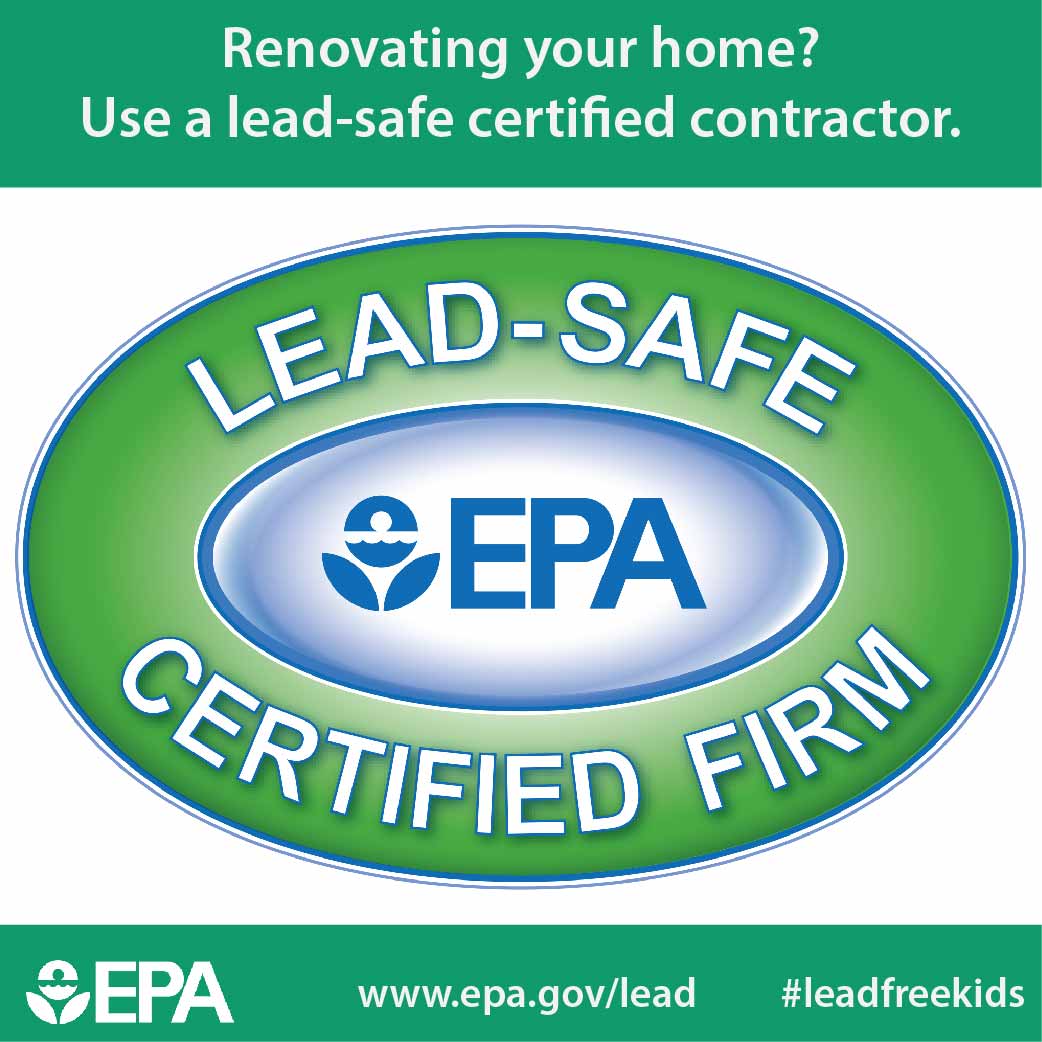Vital Seasonal Aspects Of Commercial Exterior Paint: What You Must Recognize
Vital Seasonal Aspects Of Commercial Exterior Paint: What You Must Recognize
Blog Article
Web Content Writer-McLamb Urquhart
When you're planning a commercial external paint project, seasonal elements can make or break your results. You'll want to take into consideration just how temperature and moisture impact paint application and drying out times. Picking the best period can ensure your paint adheres correctly and lasts much longer. Yet which periods are really the most effective for this kind of work? Allow's explore the key elements that can impact your job's success.
The Effect of Temperature Level on Paint Application
When you're preparing a commercial outside paint task, the temperature can considerably influence just how well the paint sticks and dries.
Preferably, you intend to repaint when temperature levels range in between 50 ° F and 85 ° F. If it's as well chilly, the paint might not cure properly, causing concerns like peeling off or fracturing.
On the other side, if it's too hot, the paint can dry out too promptly, avoiding proper bond and leading to an unequal finish.
You should also consider the moment of day; morning or late afternoon offers cooler temperatures, which can be a lot more beneficial.
Constantly check the producer's recommendations for the specific paint you're using, as they usually give support on the suitable temperature range for optimum outcomes.
Humidity and Its Impact on Drying Times
Temperature level isn't the only ecological element that influences your business outside paint task; humidity plays a considerable duty as well. High moisture degrees can slow down drying times drastically, impacting the total high quality of your paint job.
When the air is saturated with moisture, the paint takes longer to cure, which can bring about problems like inadequate attachment and a greater risk of mildew development. If you're repainting on a particularly humid day, be gotten ready for prolonged delay times in between layers.
It's essential to monitor regional climate condition and plan appropriately. Preferably, go for humidity levels in between 40% and 70% for optimal drying.
Keeping these consider mind ensures your project remains on track and provides a lasting surface.
Best Seasons for Commercial Exterior Paint Projects
What's the best season for your industrial external paint tasks?
Springtime and very early loss are commonly your best choices. During these seasons, temperatures are moderate, and moisture levels are usually reduced, developing optimal problems for paint application and drying.
Stay clear of summertime's intense heat, which can cause paint to completely dry also promptly, leading to poor adhesion and finish. Similarly, winter's chilly temperatures can prevent proper drying out and treating, taking the chance of the longevity of your paint work.
Go for can you paint outdoors in winter with temperature levels in between 50 ° F and 85 ° F for optimal results. Remember to examine the regional weather prediction for rain, as damp problems can ruin your task.
interior painting contractor around these factors guarantees your paint task runs efficiently and lasts longer.
Verdict
To conclude, preparing your commercial outside painting tasks around seasonal considerations can make a significant distinction in the result. By scheduling job during the optimal temperature levels and humidity degrees, you'll make sure much better bond and drying times. Remember to watch on regional weather forecasts and choose the correct time of year-- spring and early fall are your best options. Taking these steps will aid you accomplish a resilient and expert coating that lasts.
